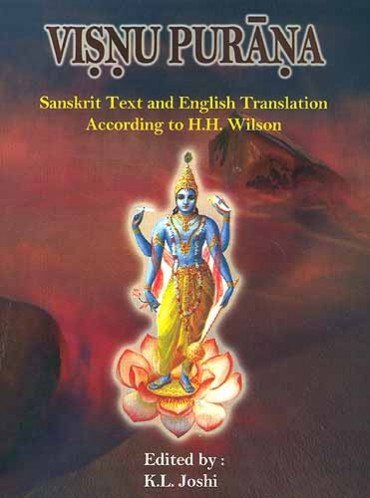The Vishnu Purana
by Horace Hayman Wilson | 1840 | 287,946 words | ISBN-10: 8171102127
The English translation of the Vishnu Purana. This is a primary sacred text of the Vaishnava branch of Hinduism. It is one of the eighteen greater Puranas, a branch of sacred Vedic literature which was first committed to writing during the first millennium of the common era. Like most of the other Puranas, this is a complete narrative from the cr...
Chapter XVII - Druhyu
THE son of Druhyu was Babhru; his son was Setu; his son was Āradwat[1]; his son was Gāndhāra[2]; his son was Dharma[3]; his son was Dhrita[4]; his son was Duryāman[5]; his son was Pracetas, who had a hundred sons, and they were the princes of the lawless Mlecchas or barbarians of the north[6].
Footnotes and references:
[1]:
Also Āraddha in MSS., and Āraṭṭa, Matsya, which last seems to be the preferable reading. The Vāyu has Āruddha; the Brāhma, Aṅgārasetu; but Āraṭṭa is a northern country, contiguous to, or synonymous with, Gāndhāra.
[2]:
Of Gāndhāra it is said in the Vāyu that it is a large country named after him, and is famous for its breed of horses: ###. The Matsya reads the beginning of the second line ###, shewing that Āraṭṭa and Gāndhāra are much the same. See p. 191. n. 83.
[3]:
The Brāhma P. and Hari V., in opposition to all the rest, make Dharma and his successors the descendants of Anu.
[4]:
Ghrita: Agni.
[5]:
Durdama: Vāyu and Bhāgavata. The Matsya, Brāhma, and Agni insert a Vidupa, Duduha, or Vidula, before Pracetas.
[6]:
So the Bhāgavata and Matsya. The Mahābhārata says the descendants of Druhya are the Vaibhojas, a people unacquainted with the use of cars or beasts of burden, and who travel on rafts: they have no kings.
